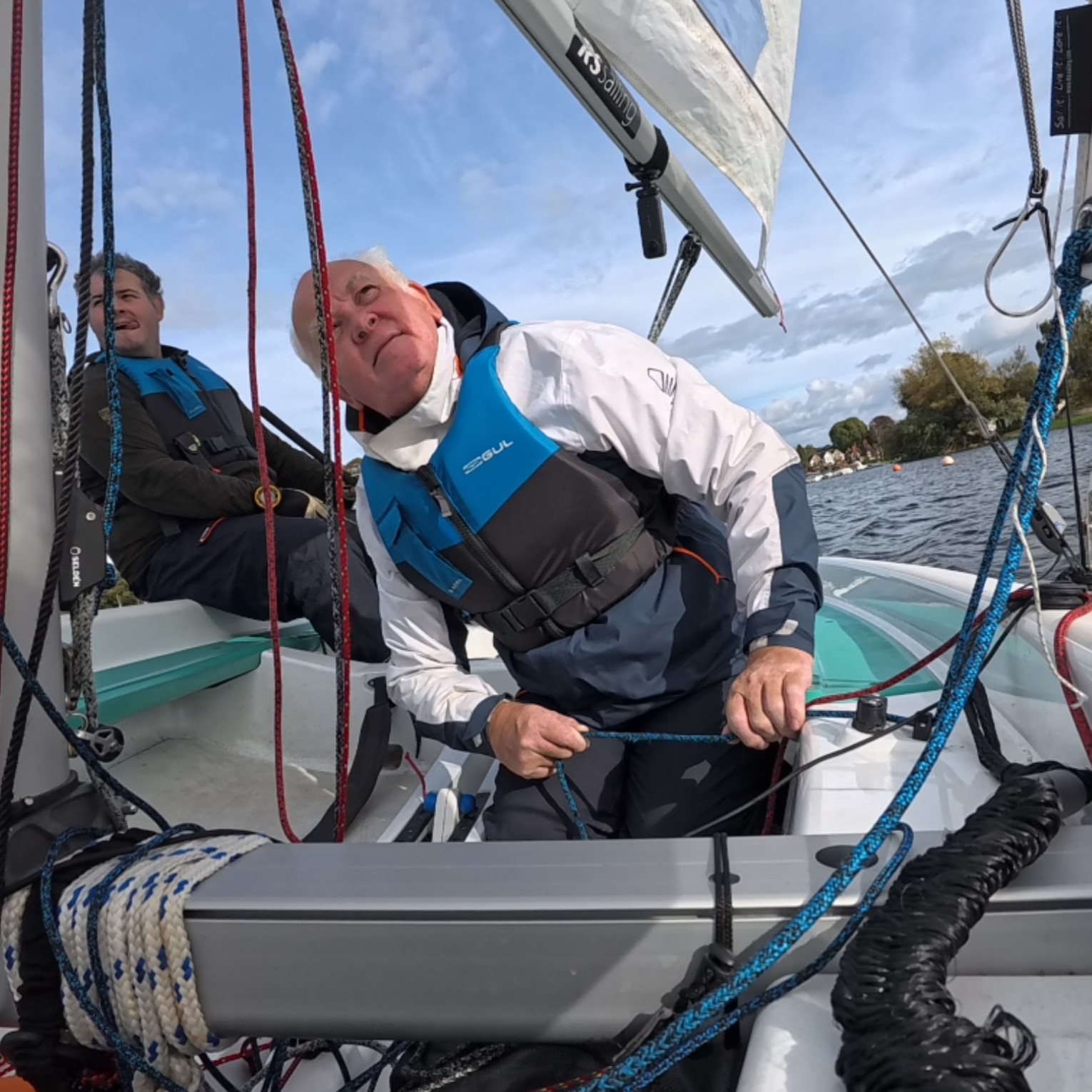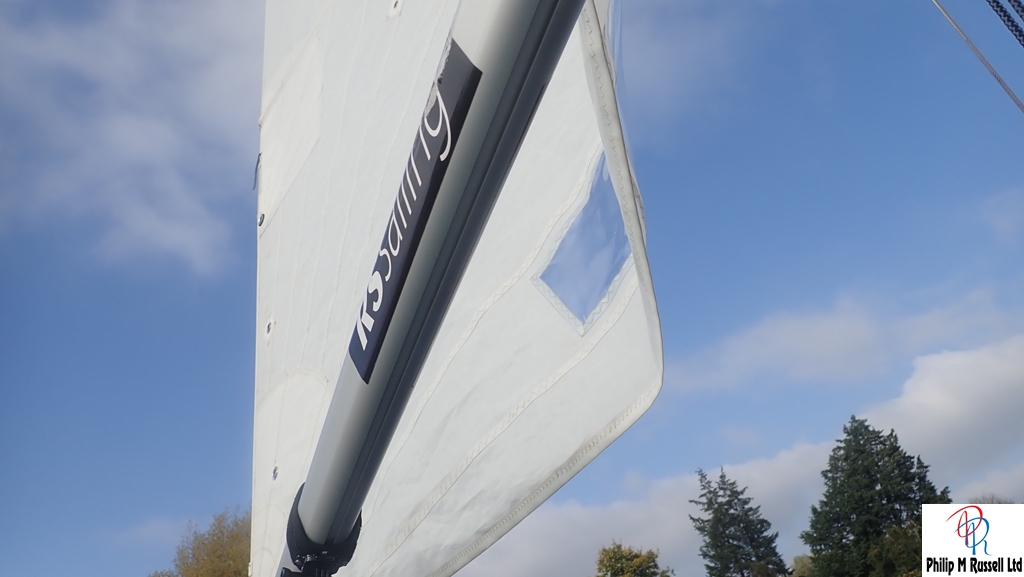Boom: The Horizontal Pole that Extends from the Bottom of the Mast, Holding the Foot of the Sail
Definition: The boom is a horizontal pole that extends from the bottom of the mast and holds the foot of the sail. It plays a crucial role in controlling the sail's angle and shape.
Understanding the Boom:
In sailing, the boom is an essential part of the boat's rigging. It is attached to the mast and extends along the bottom of the mainsail. The boom allows sailors to adjust the sail's angle to the wind, which is critical for efficient sailing.
Applications in Sailing:
Sail Control: The boom is used to control the mainsail's shape and angle. By adjusting the boom, sailors can optimize the sail for different wind conditions.
Manoeuvring:
During manoeuvres such as tacking and gybing, the boom swings from one side of the boat to the other. Proper handling of the boom is necessary to perform these manoeuvres safely.
Safety:
The boom can be dangerous if not handled correctly. It can swing with force, so sailors must be aware of its position to avoid injury.
Examples of Usage:
"Ease the boom out to catch more wind."
"Watch your head when the boom swings during a gybe."
"The boom vang needs adjusting to flatten the sail."
Visual Representation:
Image Description: Diagram of a sailboat showing the boom extending horizontally from the mast.
Importance in Sailing:
The boom is vital for sail control and efficient sailing. Understanding how to use the boom effectively can improve a sailor's ability to handle the boat in various wind conditions and during manoeuvres.
Related Terms:
Mast:
The vertical pole that supports the sails.
Halyard:
A line used to hoist or lower the sails.
Sheet:
A line used to control the angle of the sail relative to the wind.
Tack:
To change direction by turning the bow through the wind.
Conclusion:
The boom is a critical component of the sailboat's rigging, essential for controlling the mainsail and performing manoeuvres. Mastery of boom handling and awareness of its movements are key to safe and efficient sailing.

